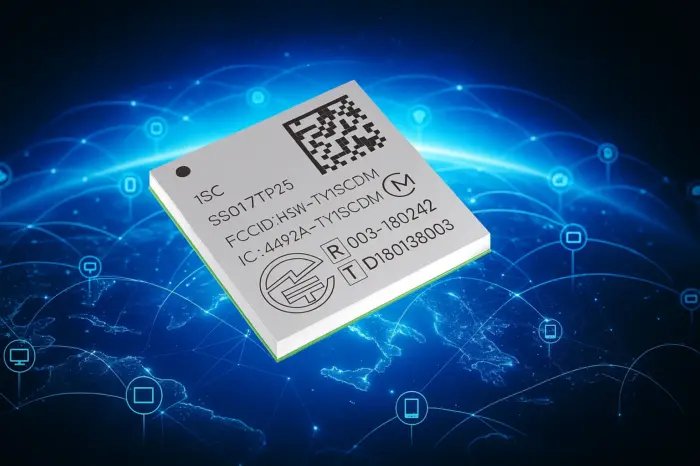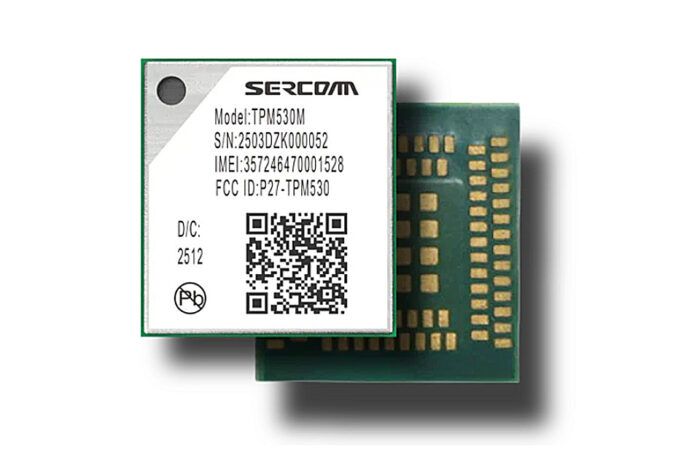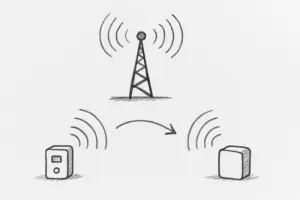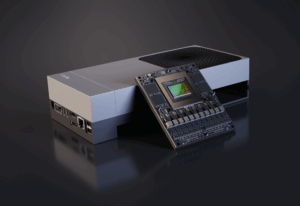Direct, global, limitless: How IoT satellite networks are connecting our world
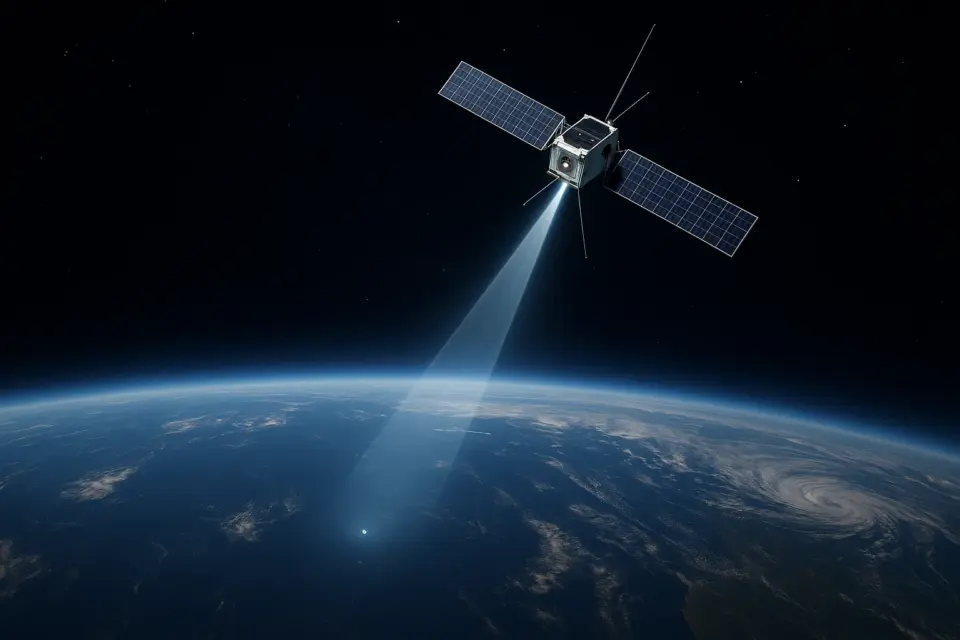
Sensors transmitting data in the middle of the ocean, machines in the desert sending status updates – all without a cell tower. This is made possible by the next generation of IoT networks: IoT satellite communication with the extended 5G standard NR NTN. This article explains how it works, who the providers are, and why it could change the world.
In this article
What is an IoT satellite network?
In traditional IoT networks, sensors or trackers send their data via a gateway or directly into the cellular network. But far from cities and roads, this range ends quickly. IoT satellite networks solve the problem: devices communicate directly with satellites in low Earth orbit (LEO). These then forward the data either to ground stations or to other satellites and IoT devices.
Technologically, this is driven by a trend: new mobile standards such as NB-IoT NTN or 5G NR NTN. These are specifically designed to work reliably even with satellites – despite high speeds and longer signal travel times in orbit.
3GPP Release 17/18 NR NTN: the standard for IoT in orbit
The abbreviation NR NTN stands for “New Radio Non-Terrestrial Networks” and describes a mobile standard that, for the first time, officially regulates communication between IoT devices and satellites. With 3GPP Release 17, adopted in 2022, the foundation was laid: devices can send and receive messages via LEO, MEO or GEO satellites, even when no mobile network is nearby.
The successor Release 18 expands these possibilities with higher data rates, lower latencies, and even better energy efficiency. For manufacturers, this means chipsets and modules supporting this standard can communicate terrestrially in the 5G network and via satellites – seamlessly and worldwide. For users, it means more reliability: IoT sensors, trackers, or machines remain connected even when the nearest cell tower is hundreds of kilometers away or fails completely.
LEO, MEO, GEO – what’s the difference?
- LEO satellites (Low Earth Orbit) orbit the Earth at just about 500 to 2,000 kilometers. Being closer means shorter signal paths, lower latency, and they are ideal for IoT communication or real-time applications. However, each LEO satellite only covers a small area, so whole constellations with dozens or hundreds of satellites are needed.
- MEO satellites (Medium Earth Orbit) orbit at medium altitudes of around 5,000 to 20,000 kilometers, offering wider coverage than LEO satellites while maintaining lower latency than GEO satellites – typically used for navigation systems like GPS or Galileo.
- GEO satellites (Geostationary Orbit) remain “stationary” over a point on the equator at around 36,000 kilometers. They cover huge areas and are ideal for broadcast, TV, and large-scale communication – but they have higher latency and require more powerful antennas on the devices.
Use cases: Where do satellite IoT networks make sense?
- Agriculture: Soil sensors, pumps, or fences report their status even in remote fields.
- Shipping and logistics: Containers and cargo ships remain traceable worldwide.
- Disaster prevention: Early warning systems for wildfires or landslides work even during network outages.
- Energy and mining: Monitoring facilities in remote locations.
Especially in regions without mobile networks or after natural disasters, these networks are unbeatable.
Advantages and disadvantages at a glance
Advantages
- Global coverage – independent of mobile networks
- Robust even during power or network outages
- Worldwide unified standards
Disadvantages
- Higher device costs due to special chips & antennas
- Higher energy consumption – important for battery-powered sensors
- Low bandwidth – suitable only for small data packets
What technology do the devices need?
Devices must include special chipsets for NB-IoT NTN or 5G NR NTN, suitable antennas, and software for satellite routing. Manufacturers like Qualcomm and Sony are developing modules that combine cellular and satellite communication. The goal: IoT devices that can seamlessly switch between terrestrial networks and satellites depending on coverage.
The key providers and their networks
- Iridium: 66 active LEO satellites. Used in logistics, shipping, military, and soon NB-IoT via the Stardust Project.
- Lacuna Space: small LEO constellation, open to the NB-IoT standard. Focused on affordable sensors for agriculture and the environment.
- AST SpaceMobile: few large satellites with massive antenna arrays. Goal: direct connection to standard smartphones & IoT.
- Lynk Global: hundreds of planned satellites, focusing on SMS, emergency communication, and IoT in developing countries.
- Viasat & Skylo: use GEO satellites targeting agriculture, industry, and maritime applications.
Conclusion: opportunities and limits
IoT satellite networks are true game changers for sensors and tracking wherever mobile networks can’t reach: ships, deserts, mountains, or disaster zones. They can close coverage gaps and secure critical infrastructure.
But they are no replacement for cellular networks or fiber optics when large amounts of data need to be transmitted. And end devices are still more expensive and power-hungry. Their success depends on how quickly costs drop and the technology becomes smaller and more efficient.
One thing is clear: for global logistics, agriculture, energy, or disaster prevention, IoT satellite networks could soon become as commonplace as Wi-Fi and mobile networks are today.



